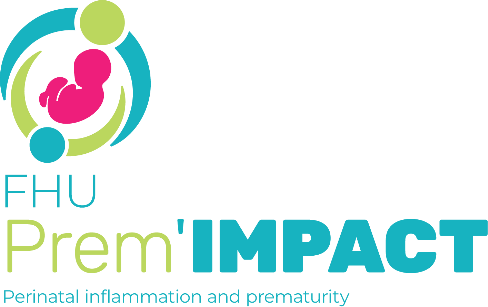Abstract
Background: To investigate the impact of maximal ventricular dilatation and age at first neurosurgical intervention on neurodevelopmental impairment among preterm newborns with post-hemorrhagic ventricular dilatation (PHVD).
Methods: Retrospective cohort study of 105 surviving newborns ≤34 weeks’ gestation between 2012-2020 with PHVD. We studied the association of maximal ventricular dilatation to significant impairment at 18-months corrected-age in the overall cohort and of ventricular dilatation and timing of first neurosurgical intervention to impairment in the 51 newborns who underwent a neurosurgical intervention.
Results: Forty-nine of 105 (47%) had significant impairment. Maximal anterior horn width (AHW) but not ventricular index was associated with significant impairment (adjusted odds ratio [aOR] 2.07, 95%CI 1.18-3.65 for AHW quintiles) after adjusting for site, GA, intraventricular hemorrhage grade, and neurosurgical intervention. In the 51 (49%) newborns that underwent neurosurgical intervention, the first neurosurgical intervention occurred at median 23 days of life (IQR 17,40). Only age >23 days at first intervention was associated with significant impairment after adjusting for AHW and GA (aOR 6.32, 95%CI 1.13-35.29).
Conclusion: Increasing maximal ventricular dilatation and later age at first neurosurgical intervention were associated with significant impairment in preterm PHVD survivors. Intervening promptly upon progression of severe PHVD may mitigate later impairment.
Impact: The combined impact of maximal ventricular dilatation and timing of intervention in post-hemorrhagic ventricular dilatation (PHVD) is not well-established. Greater maximal anterior horn width but not ventricular index was associated with significant impairment. In those receiving a neurosurgical intervention, later age at first intervention was associated with significant impairment. Intervening promptly upon progression of severe PHVD may mitigate later impairment.
